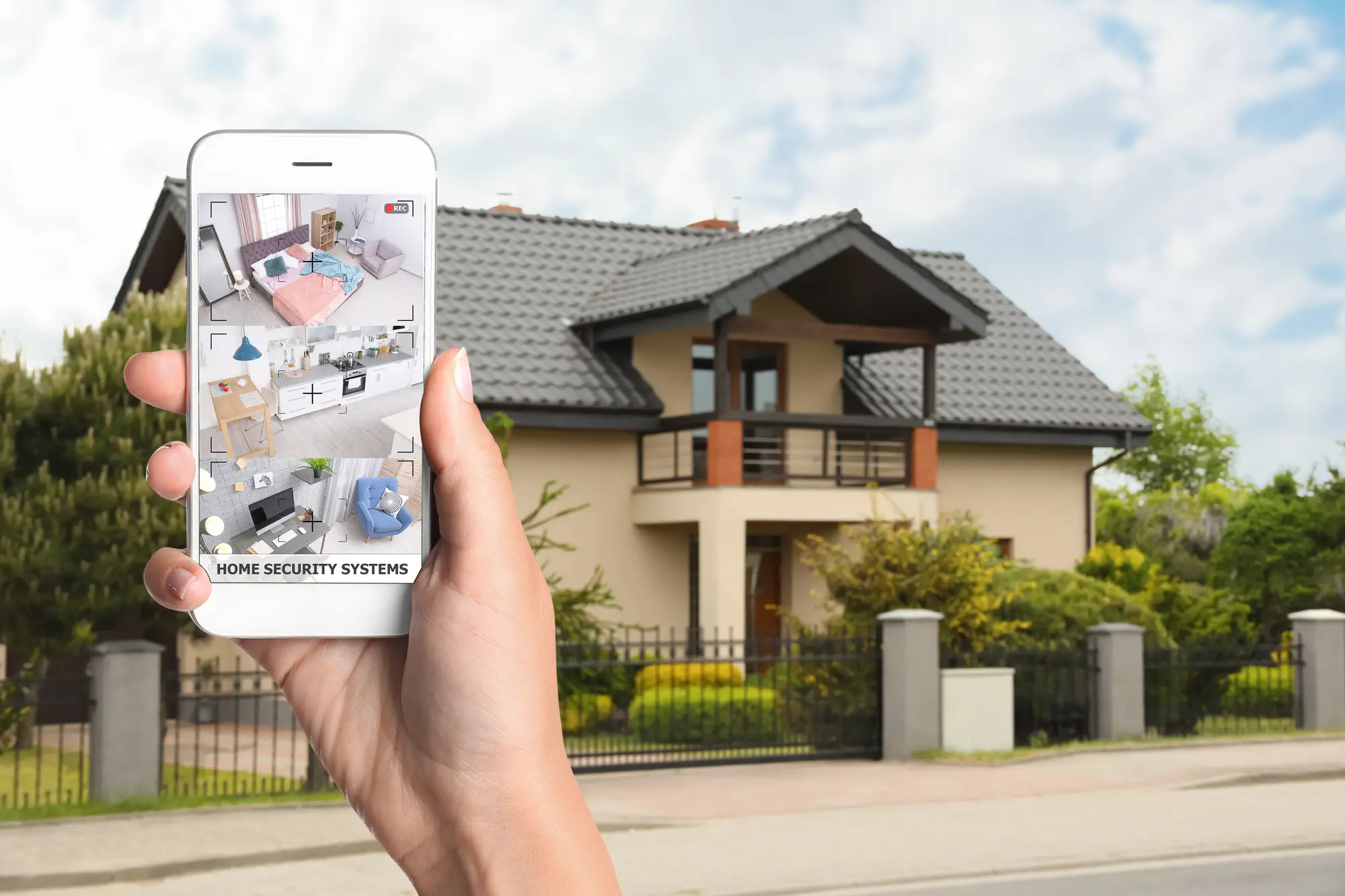I. Introduction
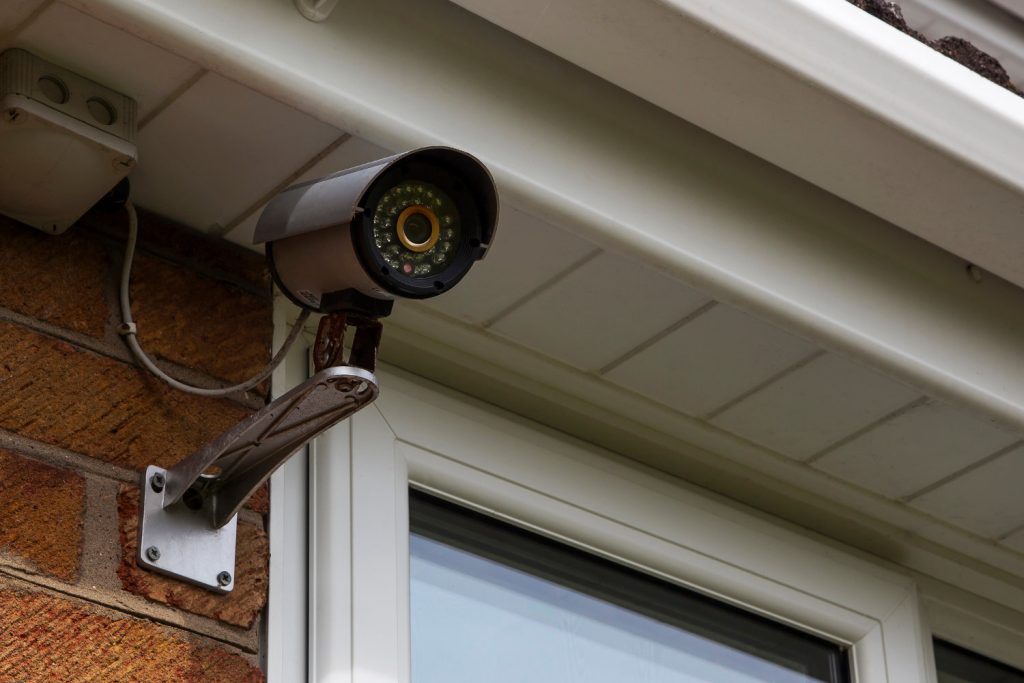
A. Importance of home security systems Home security systems play a crucial role in protecting our homes, belongings, and loved ones from potential threats. With the increasing crime rates and the advancements in burglary techniques, it has become essential for homeowners to invest in effective security measures. A reliable home security system not only offers peace of mind but also acts as a deterrent for burglars and other trespassers.
B. Purpose of the article The purpose of this article is to provide an in-depth exploration of home security systems, helping readers understand their security needs and make informed decisions when choosing the right system for their homes. By assessing the level of security required and identifying vulnerable areas, homeowners can better understand the different types of security systems available and select the one that best meets their needs.
II. Assessing Your Security Needs
A. Evaluating the level of security required
- Property size and layout The size and layout of your property significantly impact the security needs. A larger property may require a more extensive security system, including multiple cameras, sensors, and access control systems, to cover all entry points adequately.
- Neighborhood crime rate Understanding the crime rate in your neighborhood is crucial when assessing your security needs. If you reside in an area with a high crime rate, it may be necessary to invest in a more advanced system that offers comprehensive monitoring and protection.
B. Identifying vulnerable areas
- Entry points Entry points, such as doors and windows, are the primary targets for burglars. Assessing the vulnerability of these areas helps homeowners determine the specific security features required, such as sturdy locks, reinforced doors, and window sensors.
- Windows Windows can be particularly vulnerable, especially those on the ground floor or accessible from adjacent structures. Reinforcing windows with shatter-resistant glass and installing window alarms can significantly enhance the security of your home.
- Backyard/garden The backyard or garden area is often overlooked when considering home security. However, securing this area is equally important, as it can serve as an entry point or security weak spot. Installing motion sensor lights, CCTV cameras, and fencing can help deter potential intruders.
III. Types of Home Security Systems
A. Wired Systems
- Definition and features Wired security systems are hardwired into a property’s electrical system and include various components such as control panels, sensors, and cameras. These systems typically require professional installation.
- Pros and cons Wired systems offer a reliable and robust solution for home security. They are less prone to interference and do not rely on battery power. However, their installation can be costly, time-consuming, and may require drilling and wiring throughout the property.
- Installation considerations When considering a wired system, it is essential to plan the installation carefully. Choosing a reputable security provider with experience in hardwired installations is crucial. Assessing the layout of your property and determining the most optimal locations for sensors and cameras is also necessary.
B. Wireless Systems
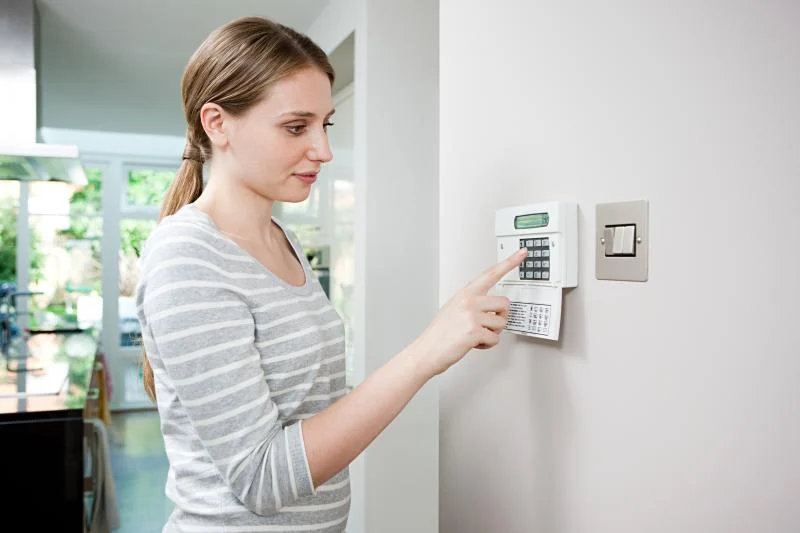
- Definition and features Wireless security systems utilize radio frequency signals to communicate between various components, such as sensors, cameras, and control panels. These systems are easy to install and can be configured and monitored via a smartphone application.
- Pros and cons Wireless systems offer flexibility and convenience, as they do not require extensive wiring. They are typically more affordable than wired systems and can be easily expanded or relocated. However, they may be susceptible to signal interference and may have limited range depending on the size of the property.
- Installation considerations When installing a wireless system, it is essential to ensure that all components are within range of the control panel to ensure reliable communication. Taking note of potential signal interference sources, such as large metal objects or thick obstacles, is also necessary.
C. DIY Systems
- Definition and features DIY (Do-It-Yourself) security systems are self-installable and self-monitored systems that allow homeowners to take control of their home security. These systems typically include cameras, motion sensors, intrusion detectors, and smartphone applications for monitoring.
- Pros and cons DIY systems offer affordability and flexibility, as homeowners can customize and expand their security system according to their needs. They also eliminate the need for professional installation fees. However, they may lack professional monitoring services, and technical difficulties during installation or setup can arise.
-
Installation considerations When opting for a DIY system, homeowners need to ensure that they follow the manufacturer’s instructions carefully. Familiarizing themselves with the system’s features and settings is crucial to maximize its effectiveness. Additionally, periodic maintenance and testing of the system are necessary to ensure its reliability.
IV. Components of a Home Security System
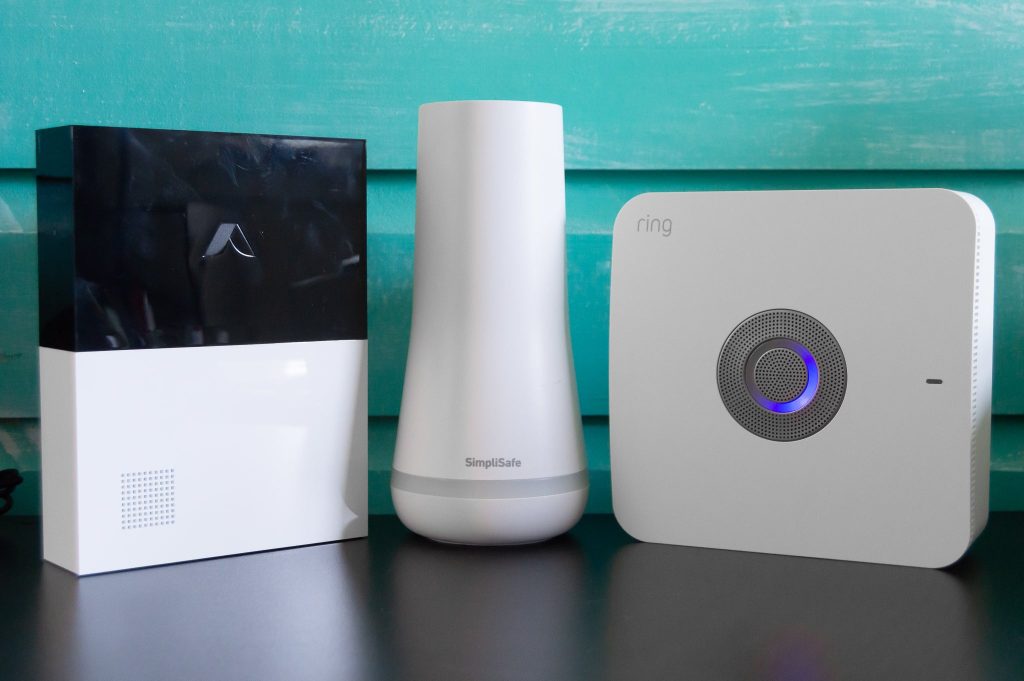
A home security system consists of several components that work together to protect your home and ensure the safety of your loved ones and belongings. Understanding these components is essential when choosing the right system for your home. Here are the main components you should consider:
A. Control Panel
The control panel is the central hub of your home security system. It allows you to arm and disarm the system, as well as control other features such as home automation devices. A good control panel should be user-friendly and easy to navigate.
B. Sensors
Sensors are an integral part of a home security system, as they detect and alert you to any unauthorized entry or suspicious activity. There are several types of sensors available, including:
- Door/Window Sensors Door and window sensors are placed on entry points such as doors and windows. They consist of two parts, a magnet, and a sensor. When the door or window is opened while the system is armed, the magnet is separated from the sensor, triggering the alarm.
- Motion Sensors Motion sensors detect any movement within their range. They are usually placed in hallways, living rooms, or other open spaces. When they detect movement while the system is armed, they send a signal to the control panel, which activates the alarm.
- Glass Break Sensors Glass break sensors are designed to detect the sound frequency of breaking glass. They are placed near windows and glass doors and can detect any attempt to break into your home through these entry points.
C. Cameras
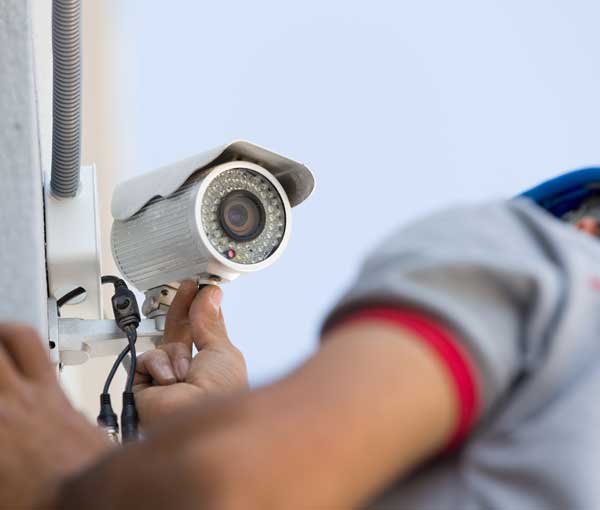
Video surveillance is a crucial component of any comprehensive home security system. Security cameras are placed strategically in and around your home to monitor activity and record any suspicious behavior. They act as a deterrent and provide evidence in case of a break-in or other incidents.
D. Alarm System
An alarm system is the audible and visual alert that is triggered when an intrusion is detected. A loud siren or flashing lights can scare off intruders and draw attention to your home. Furthermore, a monitored alarm system can alert a professional monitoring center, which can then dispatch authorities if necessary.
E. Home Automation
Integration Home automation integration allows you to control various aspects of your home, such as lighting, thermostats, and door locks, through your security system’s control panel or mobile app. This integration enhances convenience and security by enabling you to automate tasks and remotely monitor and control your home.
In conclusion, understanding the components of a home security system, choosing the right provider, and deciding between professional and DIY installation are crucial steps in safeguarding your home. Whether you opt for a professionally installed system or choose to install it yourself, prioritizing security and peace of mind is essential.
